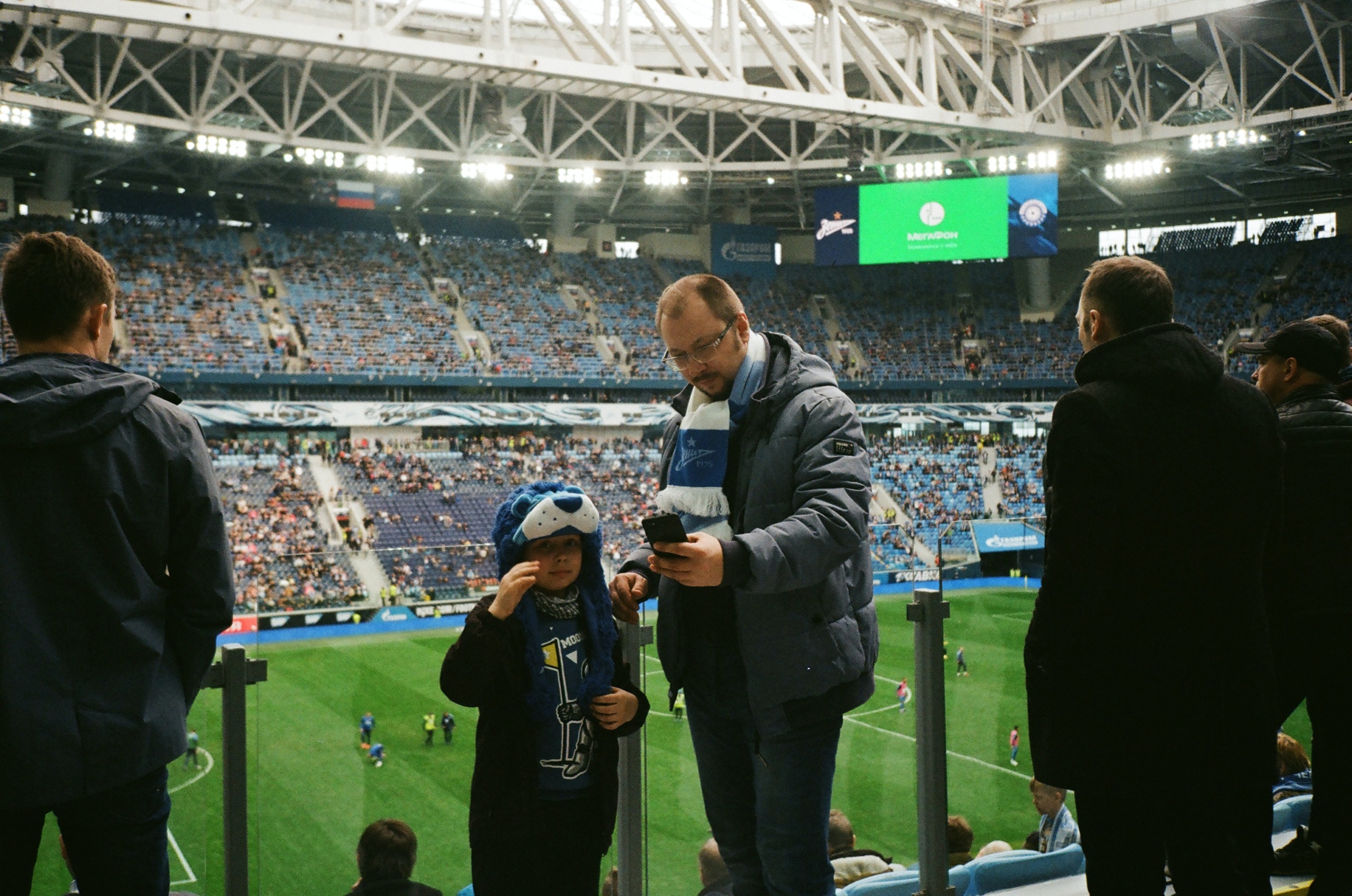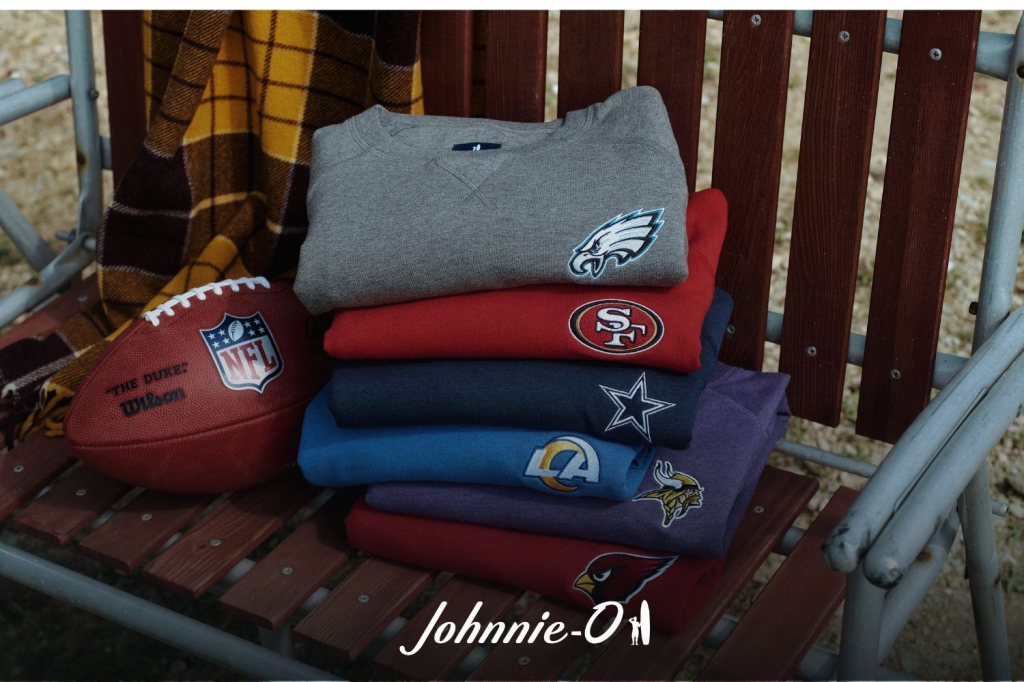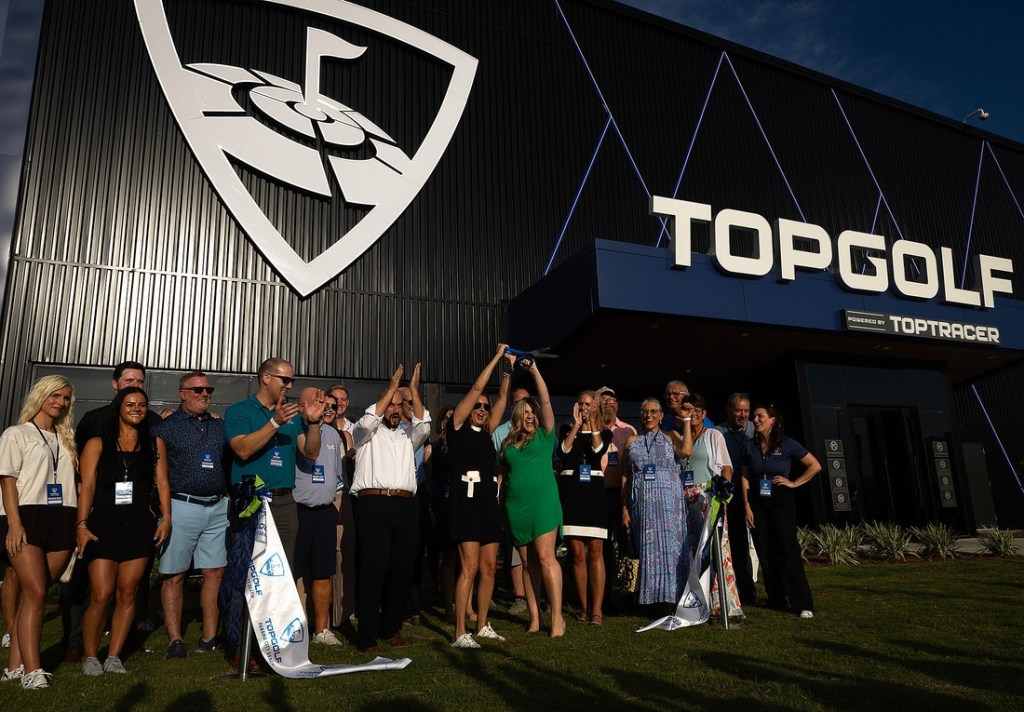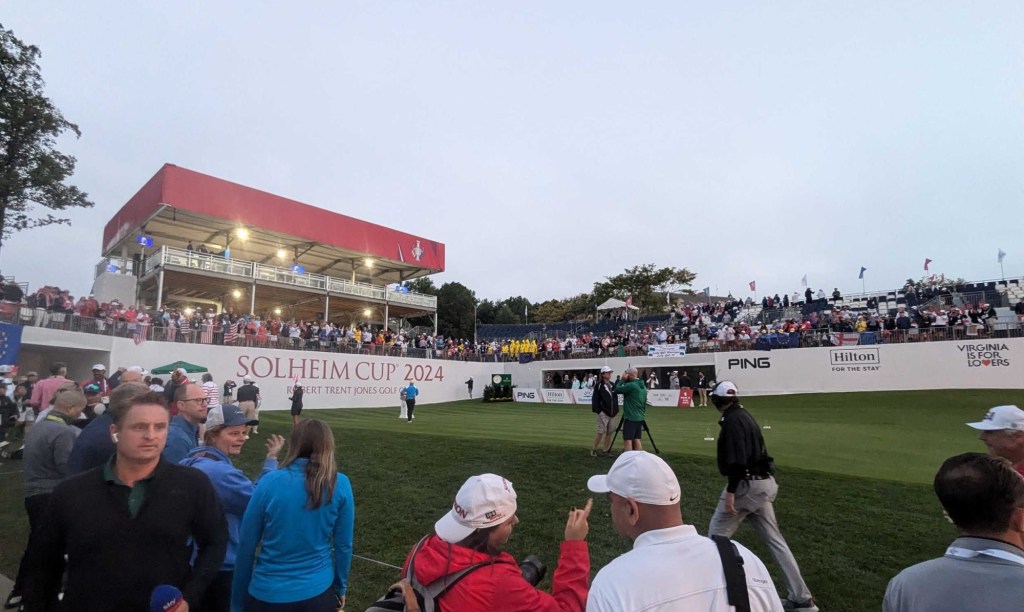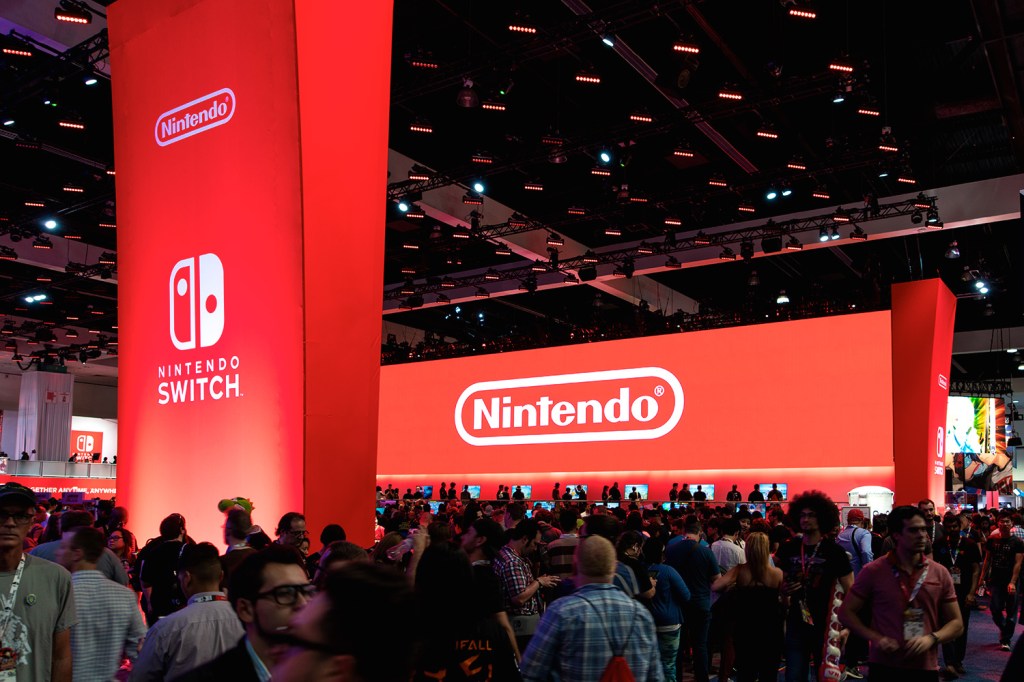Discover the technology that can help you remain flexible and accommodating in a partial-fan environment and how that technology will still be valuable when we return to full fan environments across multiple types of events.
In this webinar, John Dittig and Mario DiAntonio of Samsung Electronics America join Joe Londergan of FOS to discuss these technologies and how they can be implemented in the short and long term.
On ease of use for Samsung systems in-venue (4:33)
Dittig: “Within the SEA display division, whether it’s LCDs, LFTs, LEDs, we have a wide range range of offerings to offer our partners and users. And then the other thing is we also have a magic info. What you see there on the bottom right-hand side and magic info is our proprietary own CMS that allows our partners, whether they’re in the sports arena or any other vertical, to control the messaging on the signage.”
On utilizing sensors to check patrons for signs of illness (29:33)
DiAntonio: “So there’s a few different ways that we find are most effective and it really depends on the sensor. And so essentially what we do is we try to work with our customer and the partner to figure out, okay, what is exactly the right situation that you’re trying to go for? What’s the solution or what’s the objective that you’re trying to go through here. So if you’ve got a crowd of 30 people and you need to test them all at once, then you’re going to use a certain sensor. And if you’re going one by one, there’s lots of different options. You can go with the eye, right at the tear ducts, you can go with the face. You can also go right at the wrist. We’ve got some options there.”
On using in-venue technology to compete with the at-home experience (35:48)
DiAntonio: “The big issue is, when you’re at the game, we’re competing with your at-home experience. But what we can do at a game is significantly more powerful. If we can envelop you not only in the game itself, but then also give you some options while you’re there. So at home, you’ve got your remote control and you can change the channel. You can open up other games, you can take in more information. So inside of a suite, it makes sense to have multiple displays in there and to give you a great fan experience through some sort of a user interface that allows you to not only have the games at the ready, but give you some options…So there are lots of different options that we can use for those suites and for that in-fan experience.”
On use of 5G within stadiums (45:27)
Diitg: “We use 5G as a great way of figuring out not only where people are, whether they’re fans, whether they’re visitors, whether they’re on staff, players, it doesn’t matter because again, we don’t track the individual’s identification. There’s no personal identifiable information, but we know where you are at all times. And we can start to understand through AI how that clustering affects seating, traffic flow, retail sales, customer experience, ticket sales, all those kinds of things. It’s really great. 5G is the way that we’re powering most of these things. In fact, some of the technology that we’ve shared with you today doesn’t require your stadium infrastructure. Instead, it already has its own 5G backbone.”
